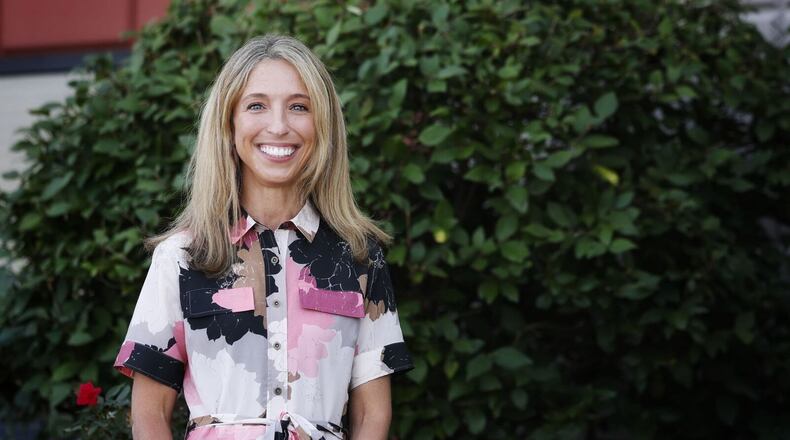Hired in spring 2024 to replace interim superintendent – and former Dayton Public Schools leader – Elizabeth Lolli, Whitely came from Hamilton County’s Wyoming Schools where she was assistant superintendent of the highly rated district for 13 years.
Her first-year administration oversaw Lakota’s 24 school buildings and dealt with a number of challenges during the soon-to-be-completed 2024-2025 school year, she recently told the Journal-News.
Whitley said looking back “my first year as the superintendent of Lakota Local School has been growth evoking, certainly for me, but hopefully for others as well.”
“When one strives for excellence, one should feel pushed out of their comfort zone, never accepting mediocrity, but again always striving for improvement. One of my focuses was nurturing a positive culture, and I feel that this shift is happening in Lakota, although culture work is never complete. From our Listening and Learning sessions, internal culture surveys, Gem Awards, etc., I feel we are nurturing a culture where people feel heard, valued, and supported, all while aiming for excellence.”
“After having four superintendents in two years, I knew our culture would need nurturing–some deliberate attention. However, we have made great strides in providing stability, helping create alignment, being approachable for all stakeholders, and ensuring accountability. However, culture doesn’t change overnight, so we will continue to delve into this work,” she said.
Not everything on her initial “to do” list for year one was addressed in the time frame hoped for, said Whitely.
“I think another major challenge is balancing the need for change and stakeholders’ capacity. One of my hopes this year was to start and finalize a new strategic plan. However, with the critical work and momentum needed around our master facilities project, we had to pause on strategic planning to focus on clarity and engagement around master facilities. We did not want these two important initiatives to have competing narratives in our community. Thus, we are prioritizing our master facilities plan with strategic planning to be revitalized in the fall of 2025.”
Lakota Board of Education President Julie Shaffer described Whitely’s first year on the job as “very productive.”
Shaffer said the new superintendent’s emphasis on positivity and “commitment to culture and focus on students is contagious.”
“She’s spent her time listening to all stakeholders, holding more than 100 listening and learning sessions within her first semester, looking for opportunities to make Lakota better. And she puts an emphasis on celebrating positive accomplishments and sharing that with the greater Lakota community,” said Shaffer.
“Additionally, Dr. Whitely has quickly moved the stalled master facilities plan forward, recognizing the need for innovative learning environments to address academic needs.
One unexpected, first-year aspect, said Whitely, was the variety of feedback from school district residents.
“The most unexpected positive surprise was our ability to share openly during my Listening and Learning sessions. When a leader is new, sometimes people are hesitant to share or be vulnerable, but I think our Listening and Learning sessions were wonderful avenues to hear from a myriad of stakeholders, helping me understand multiple perspectives and facets of our organizations.”
“Having experienced several years of transition, people are/were eager about the future of Lakota Local Schools, which helps us to be able to ideate and have healthy dialogue on what could be,” she said.
And on the horizon next month is the traditional financial wild card of Ohio’s next biennium budget as Ohio legislators cobble together a funding package – with a deadline of midnight June 30 - that includes key components and amounts of funding for the state’s 613 public school systems.
“Another major change our students and families will experience next year is new staffing. Although we always experience staffing changes, with recent retirement changes from the state, currently, we have more than 70 retirements, which means an abundance of new personnel,” said Whitely.
“Again, the main focus currently is our master facilities project, and that factor is certainly on my mind as we head into the 2025-2026 school year. I want to ensure we engage our community appropriately so they are informed and excited about what opportunities new facilities could provide Lakota Local Schools, not only from the perspective of actual physical buildings, but also programming and the student experience.”
About the Author
